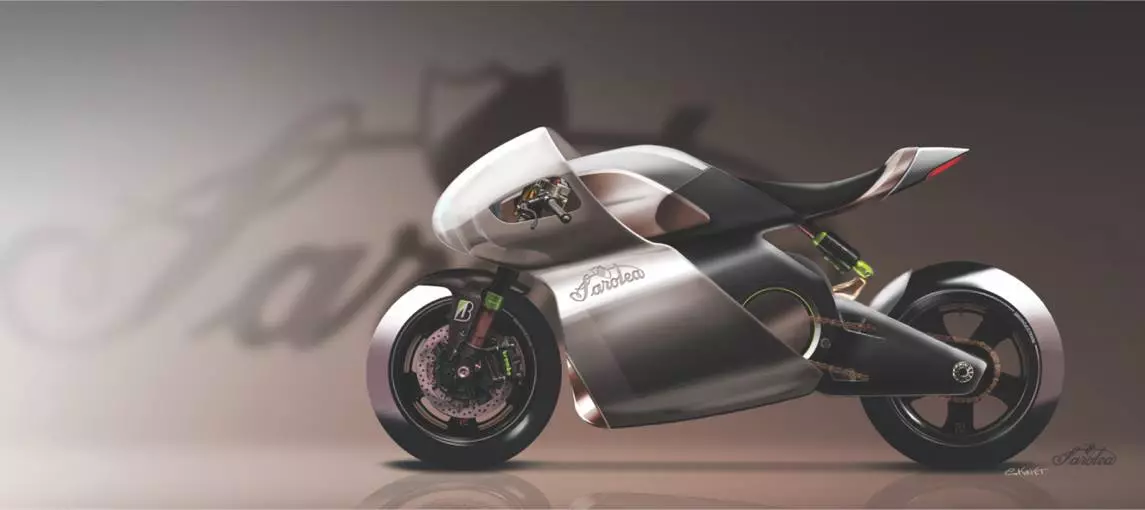With competition heating up ahead of the 2016 SES TT Zero race, Saroléa unveiled the SP7 electric superbike it will race for the third consecutive year at the Isle of Man. Expanding to a two-rider outfit, the Belgian team fields an updated motorcycle and targets its debut podium finish.
In just a couple of days' time, the electric superbikes that form the TT Zero class will line up at the Isle of Man (IoM) for the first practice session ahead of the June 8 race. Among them will be Saroléa Racing, the team from Belgium that first contested the prestigious electric race on 2014.
Since then Saroléa climbed a steep learning curve, managing last year an average lap speed of 106.5 mph (171.4 km/h) that was not too far off the last podium place. For 2016 the team will field two SP7 motorcycles for the first time, commanded by two accomplished riders. Lee Johnston was a third place finisher last year aboard Victory Racing's Empulse RR, while next to him will be Dean Harrison. The 28 year-old rider is about to make his racing debut on an electric bike after a six-year IoM career that includes Lightweight and Classic TT victories.
As far as the motorcycle itself is concerned, Saroléa is rather tight-lipped in describing the modifications made for 2016. Enhanced aerodynamics, modified motor, new Ohlins suspension all around and OZ Racing wheels sum it up – along with just one official image depicting the new blue and white livery that Johnston will ride.

Yet the very same press release is anything but frugal when it comes to performance figures. Evidently engineers worked overtime to enhance the SP7's performance to such levels, disclosing an alleged top speed of 200 mph (320 km/h). This constitutes a huge leap forward from the 155 mph (249.4 km/h) maximum value that was recorded at last year's TT Zero. The announced 0 to 60 mph (100 km/h) acceleration in just 2.8 seconds is more or less typical for a superbike, but the target set by Saroléa is what's most intriguing. Hoping to lap the Mountain Course at an average speed of over 120 mph (193 km/h), the SP7 can actually compete for top honors.
Going up against the dominant Team Mugen that came out on top last year with a 119 mph (191.5 lm/h) lap from IoM legend John Mc Guinness, and as the final podium position was conquered by Victory Racing's Lee Johnston after a 112 mph (180 km/h) lap, it is evident that glory at this year's TT Zero will probably require lapping well above the 120 mph mark.
For Saroléa, competing at the Isle of Man is much more than just a race. The 2014 event was a milestone marking the rebirth of a company that had ceased to exist in the early 1960s. Last year's TT Zero concluded with another milestone after Saroléa joined the 100 Mile Club with its 106.5 lap, so a podium finish would mark another important breakthrough.
The Belgian company is gearing up for a production model in the near future, as evidenced by the drawing of a future road legal superbike it distributed via its Facebook page. Saroléa also released a photo of its electric TT Zero pit bike that could also make a lot of sense as a commuter.
Source: Saroléa Racing










